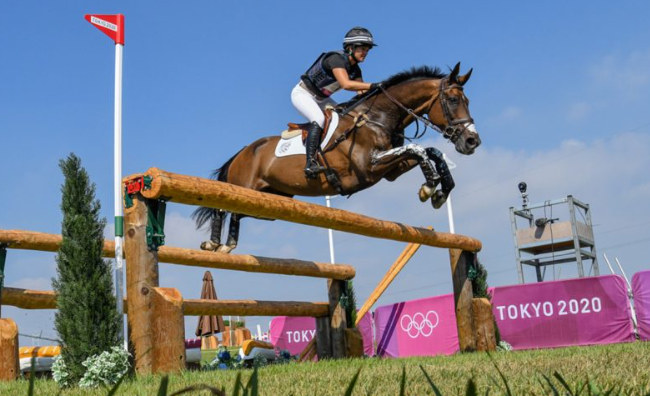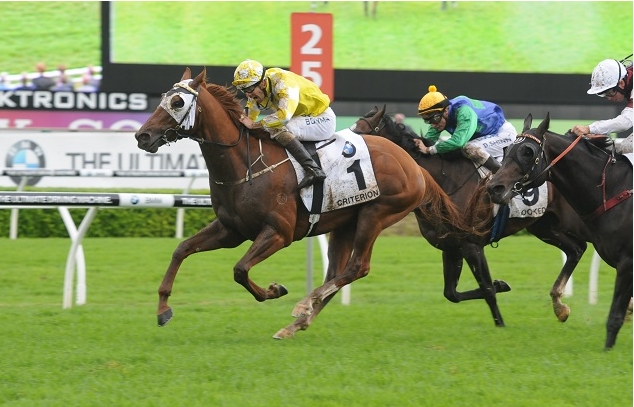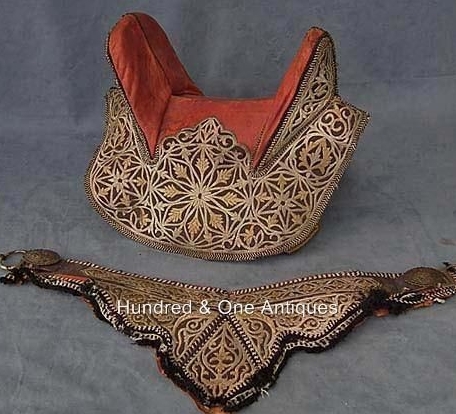Horse Jumping at the Olympics: An Exciting Combination of Strength and Skill
Horse jumping, a cornerstone of equestrian sports at the Olympics, is as thrilling as it is demanding. Combining athleticism, precision, and the deep bond between horse and rider, this discipline captivates audiences worldwide. Whether you’re a longtime equestrian enthusiast or a casual viewer, understanding the nuances of Olympic horse jumping adds depth to your appreciation of this spectacular event.
The History of Horse Jumping in the Olympics
Horse jumping has been a part of the Olympic Games since 1912, making it one of the oldest equestrian sports in the competition. Initially introduced as a male-only event, women began competing in the discipline in the 1976 Olympics. Over the years, the format has evolved, leading to a blend of traditional and modern jumping courses that test both the rider’s skill and the horse’s capabilities. Today, horse jumping is featured in various formats, including individual and team competitions, each filled with excitement and suspense.
Understanding the Course and Scoring
In Olympic horse jumping, the course typically consists of a series of fences that riders must navigate within a set time limit. Each fence has a different height and width, presenting unique challenges. Riders aim to complete the course with the fewest mistakes possible—penalties are incurred for knocking down fences, refusals, or exceeding the time limit. The scoring system is designed to reward both speed and accuracy, adding an element of strategy to how competitors tackle the course. Mastering this balancing act between speed and precision is key to success in this high-stakes environment.
The Bond Between Horse and Rider
One of the most compelling aspects of Olympic horse jumping is the strong partnership between horse and rider. This bond is built through countless hours of training, trust, and shared experiences. Successful teams often showcase seamless communication, as the rider must expertly guide their horse through complex courses while maintaining the animal’s confidence. This connection can significantly impact performance, especially in tense competition scenarios. Spectators can often feel the electricity in the air when a rider and horse share a deep understanding, making for memorable Olympic moments.
Conclusion
Horse jumping at the Olympics not only showcases incredible athletic skill but also highlights the special bond between horse and rider. With its rich history, intricately designed courses, and deep emotional connections, this sport offers a unique lens through which to view the Olympic spirit. If you’re intrigued by this dynamic discipline, consider diving deeper into the world of equestrian sports—there’s always something new to learn and appreciate!



